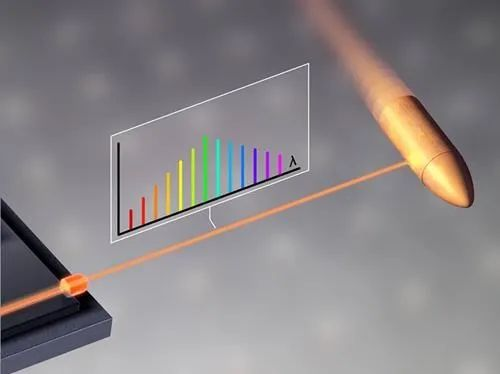As a technology widely used in optics, spectroscopy and other fields, grating technology has a number of significant advantages, the following is a detailed summary of the advantages of grating technology:
First, high-precision grating technology has the characteristics of high precision, which is mainly due to the fine structure of the grating and the precise manufacturing process. High-resolution gratings can detect tiny shape changes and displacements, thus playing an important role in precision measurement, optical detection and other fields. This high precision makes grating technology a significant advantage in applications where high precision is required.
The optimized grating design can improve the diffraction efficiency of light and reduce the loss of light energy. The high-efficiency grating enables the optical device to obtain a stronger light signal under the same conditions, improving the sensitivity and performance of the device. In addition, the non-contact measurement characteristics of the grating avoid the wear and deformation of the object surface, further improving the measurement efficiency and accuracy.
Third, the multi-functional grating technology has the characteristics of multi-functionality. Different types of gratings, such as holographic gratings, are designed to cover a wide spectral range and are suitable for multiple wavelengths of light. This makes the grating play a role in a variety of optical applications, and improves the versatility and practicability of the grating. In addition, grating technology can be combined with other optical technologies to achieve more complex and advanced functions. The production process of fiber Bragg grating is relatively mature, easy to scale production, and the cost is relatively low. This makes grating technology more flexible and economical in industrial production and applications. At the same time, the maintenance of grating technology is relatively simple and convenient, reducing the cost of use and maintenance difficulty.
Reliability and environmental adaptability Grating technology has the advantages of reliability and environmental adaptability. Fiber grating is not affected by humid environment, can avoid electromagnetic field interference, has good electrical insulation characteristics.
In addition, fiber grating also has the characteristics of good durability, strong resistance to harsh environment and chemical erosion. This enables the grating technology to maintain stable performance and working state in a variety of complex environments. With the continuous development of science and technology, grating technology is also constantly innovating and improving. Modern grating technology has the characteristics of intelligence and integration. Through connection and communication with computers and other smart devices, raster technology can achieve more advanced data processing and analysis functions, providing more comprehensive and accurate solutions for various application scenarios.
In summary, grating technology has many significant advantages, such as high precision, high efficiency, versatility, easy manufacturing and maintenance, reliability and environmental adaptability, intelligence and integration. These advantages make grating technology have wide application prospect and development potential in many fields such as optics, spectroscopy, communication and sensing.

Post time: Oct-09-2024





